What is the Most Common Hair Colour in the World?
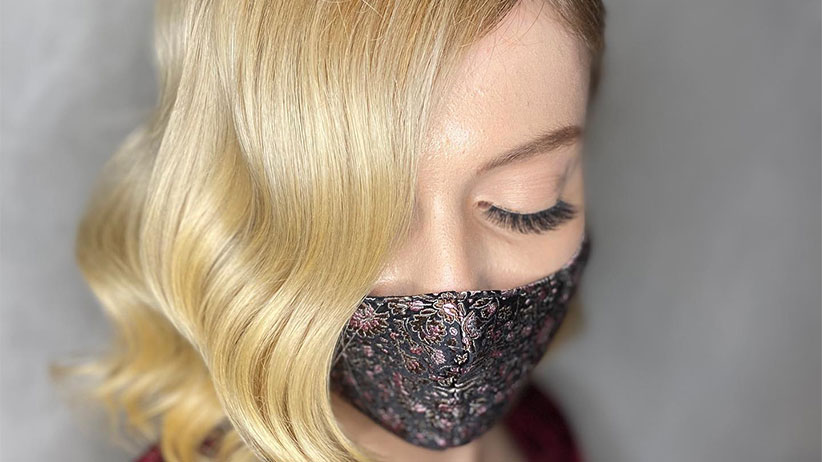
People have always been fascinated with the variations and differences in natural hair colours. In the days of the ancient Greeks and Romans, they believed hair colour reflected personalities and class, associated with certain occupations, and even to frighten enemies on the battlefield. In Viking history, specific colours were a distinctive marker of beauty.
In fact, hair colour was so important to older civilizations that men and women went to great lengths to achieve other hair colours. For example, ancient Egyptians used lead-based dyes to achieve dark hair. Ancient Greeks valued light hair, and they used wood, ash, and vinegar or lye to achieve it. The ancient Romans? Leeches. You heard right. Leeches.
These methods resulted in some seriously unpleasant side effects, including hair loss, foul odours, and burns. So, is there a most common hair colour that appears naturally across the world?
Today, hair colours have become a powerful symbol of who we are, what we value, and what we view as beauty. Fortunately, we don’t use leeches anymore, and we’ve done away with many of the harsh ingredients that were once the price of “beauty.”
Is There a Most Common Hair Colour?
The ability to change our hair colour effortlessly has made it more challenging to grasp how common certain natural hair colours are. For example, many people sporting certain shades don’t naturally have red or blonde hair.
The same goes for black or brunette hair colours, some of the most common dye choices in salons, especially during the fall and winter months. So it can be challenging to visually assess which hair colours most commonly occur naturally in the global population.
What Determines Your Natural Hair Colour?
Your genes are responsible for many of your physical attributes, including skin colour, eye colour, and hair colour. For example, if one of your parents had blue eyes and one had brown eyes, you would have had a 50 percent chance of having blue eyes and a 50 percent chance of having brown eyes. The colour and shade of your hair aren’t much different.
Natural hair colour is determined by the amount and type of melanin in your hair. If you have an abundance of eumelanin, you likely have black hair. If you have very little of that same pigment, you’re more likely to have blond hair. What about a moderate amount of eumelanin? You’d likely have light to dark brown hair, depending on the amount of eumelanin. Alternatively, if you have very little eumelanin and an abundance of pheomelanin, you’d be more likely to have red hair.
Your hair colour can also change over time, such as with ageing. As you age, your hair cannot make as much melanin, leading to grey hair and white hair. The speed and onset of these changes is also influenced by – you guessed it – genetics. Certain health conditions can also affect changes in hair colour, including stress.
Since genetics does have such a prominent effect on our hair colour, you’ll commonly see more of certain colours in specific regions and countries compared to other parts of the world. As a result, the most common hair colours vary across the globe.
The Top 3 Natural Hair Colours in the World
So what is the most common hair colour in the world? If you’ve travelled around the world or met enough people, you’ve seen an abundance of hair colours, but which colours naturally occur more frequently? Let’s take a look at the most common natural hair colours worldwide.
#1 Most Popular Hair Colour – Black Hair
Black hair is by far the most common natural hair colour in the world. In fact, around 75 to 85 percent of the people in the world have some shade of black hair.
While black hair is common in nearly every part of the world, it’s practically the only hair colour naturally occurring in certain parts of the world, like Africa and Asia. Common shades include jet black, raven black, soft black, and very dark brown hair.
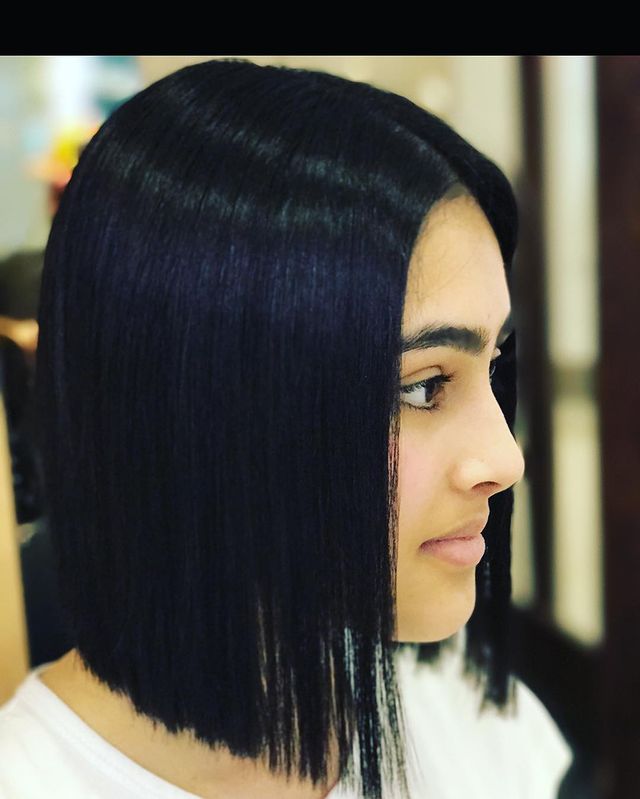
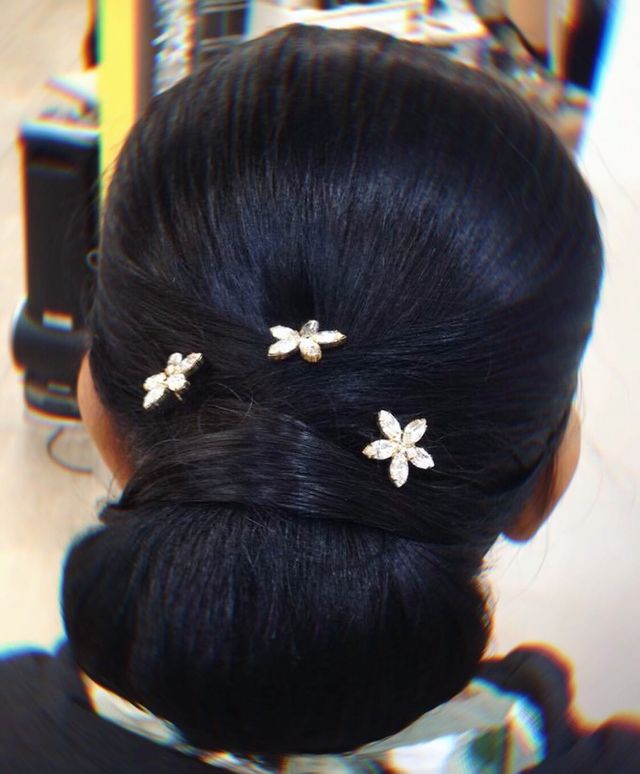
#2 Most Popular Hair Colour – Brown Hair
If you guessed that brown hair is the second most common hair colour in the world, you’d be right. Brown hair accounts for around 11 percent of the global population, with some of the most common shades including maple brown, light brown, dark brown, and walnut brown.
Like black hair, brown hair occurs more commonly in certain countries, including Europe, Australia, Canada, and Asia.
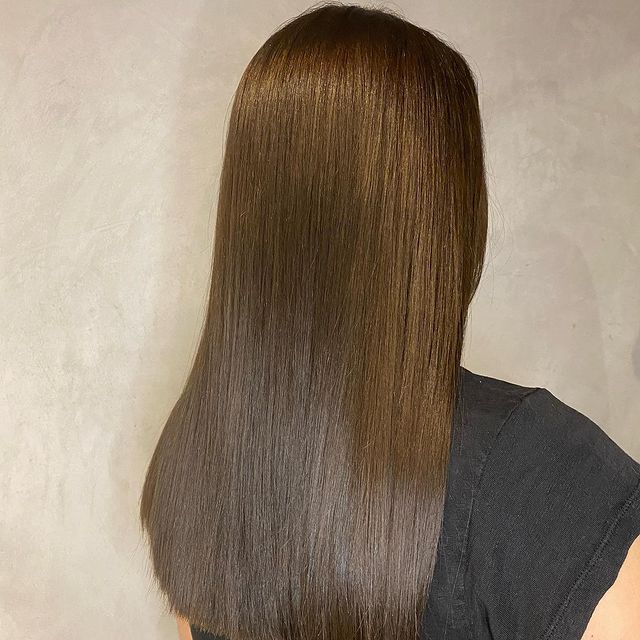
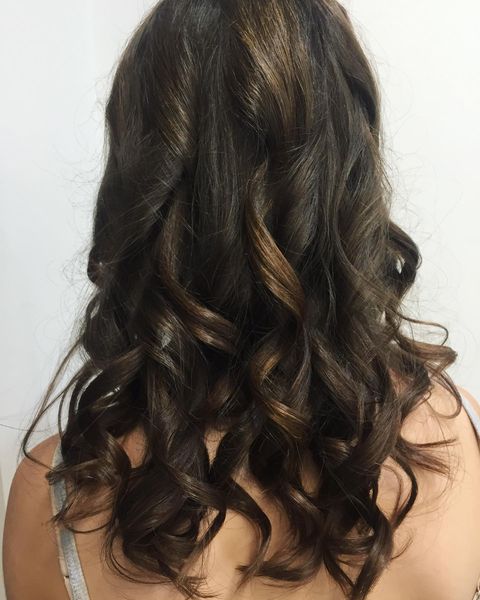
#3 Most Popular Hair Colour – Blonde Hair
While blonde hair only makes up three percent of the global population, it is the third most common natural hair colour. Like all other hair colours, blonde hair can occur in various shades, including strawberry blond, ash-blond, platinum blond, and dirty blond.
Blonde hair is most common in people of Northern European descent, so it’s more common to see these colours in places like America or Europe. Additionally, it’s more commonly found in some parts of Asia and many Pacific islands.
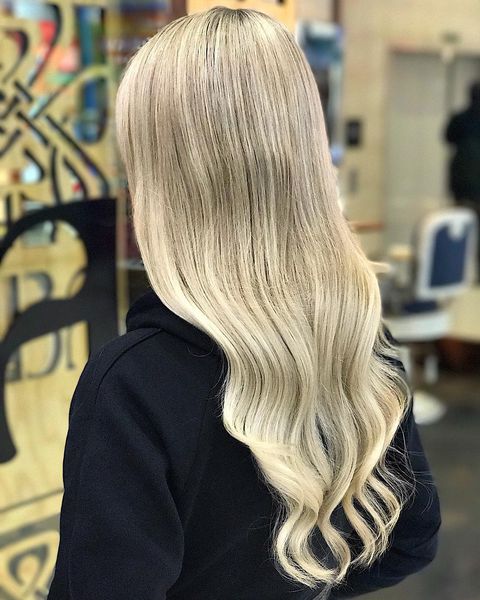
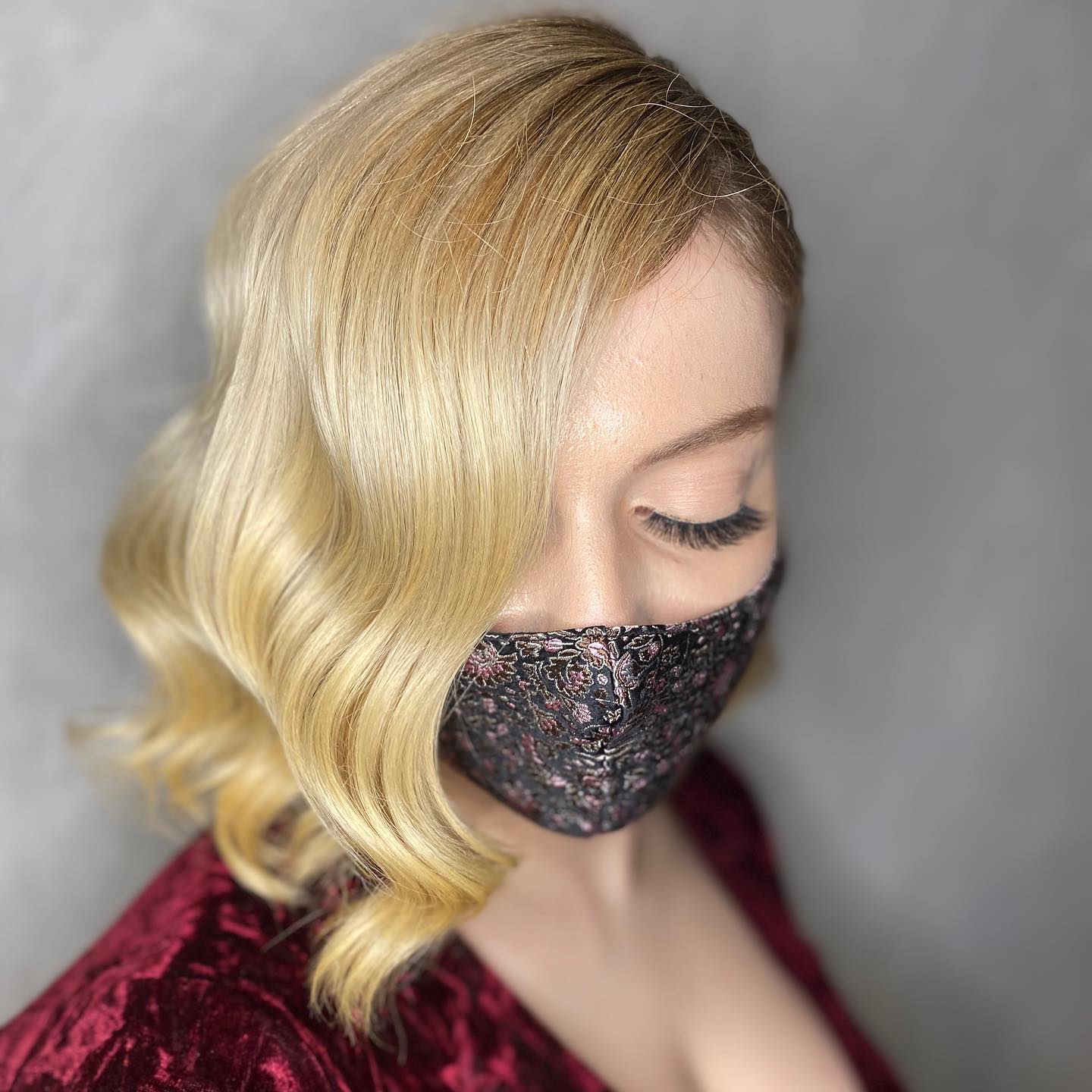
What is the Rarest Hair Colour in the World?
Now you know what is the most common hair colour in the world, but what about the rarest? The rarest natural hair colour is red, which makes up only one to two percent of the global population. You commonly see these hair colours in western and northern areas of Europe, especially Scotland and Ireland.
However, natural redheads may not exist for much longer. In fact, some predict that naturally occurring redheads will continue to decrease until there are none left by 2100. The genetic trait that leads to red hair is a recessive gene. For a baby to have red hair, both parents must carry the gene, even if they are not redheads.
Your Hair is Not Among the Most Popular Ones, So What?
What if your natural hair colour is not among the most common ones, or what if you don’t like the hair colour you were born with? What if you just want to try something different, or you’re looking for a change?
Cutters His & Hers Hairdressing provides many professional hair colouring services, so it’s easy to get the colour and shade you’ve always wanted. Our many colouring services include:
- Balayage
- Ombre
- Full head highlights
- 1/4th head highlights
- 1/2th head highlights
- 3/4th head highlights
- Full head colour
- Hair colour corrections
- Regrowth touch up
- Toners
- Semi or demi-permanent colours
Get the Colour You Want With Professional Colouring Services
Now that you know the answer to “What is the most common hair colour in the world?”, what are you going to do if you’re hoping to achieve a different colour? Hair colour is a great way to express yourself or alter your appearance, and getting your hair done professionally reduces potential damage and provides an even and lasting colour.
Are you ready for a change in hair colour? Don’t settle for less than the best. Make an appointment online or contact our Forest Hill, or Waverley Gardens locations directly to schedule.


